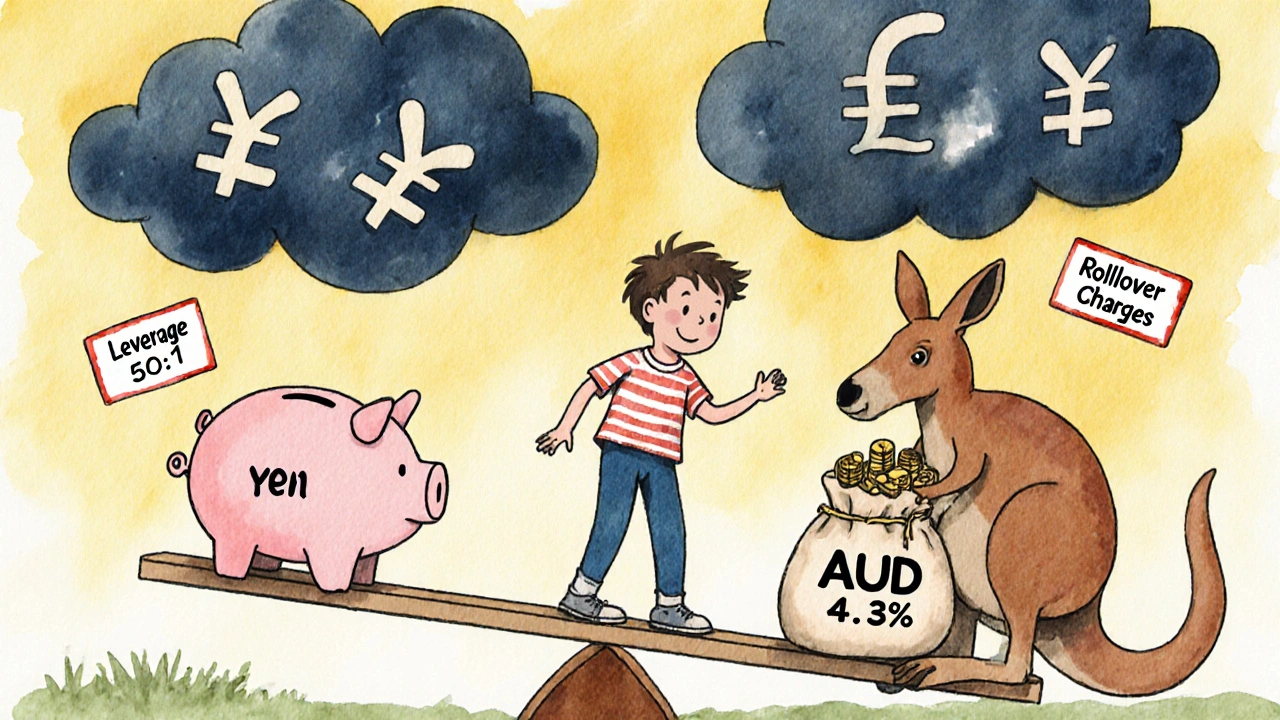Currency Carry Trade: How to Profit from Interest Rate Differences
When you borrow money in a low-interest currency and invest it in one that pays more, you’re doing a currency carry trade, a forex strategy that profits from the difference in interest rates between two countries. Also known as carry trade, it’s one of the oldest and most straightforward ways to make money in foreign exchange—when the markets cooperate. It’s not magic. It’s math. You borrow Japanese yen at 0.1% interest, convert it to Australian dollars, and deposit them in a bank that pays 4.5%. That 4.4% gap is your profit—before any price moves.
But here’s the catch: exchange rate risk, the chance that the high-yield currency drops in value against the low-yield one can erase that profit overnight. In 2008, when global risk appetite collapsed, traders who were long the Australian dollar and short the yen got crushed—not because they were wrong about interest rates, but because the currency they bought fell 30% in weeks. That’s why smart carry traders don’t just chase yield. They watch central bank policies, geopolitical stability, and market sentiment. They know that high-yield currencies, like the Turkish lira, Argentine peso, or South African rand offer big payouts but come with volatility that can blow up accounts. Meanwhile, currencies like the Swiss franc or Japanese yen are cheap to borrow, but they tend to strengthen when investors panic.
There’s no single way to win at carry trades. Some traders use leverage to amplify small rate gaps. Others wait for central banks to signal rate hikes before entering. A few combine it with trend-following strategies to avoid being caught in reversals. The posts below show real examples: how traders adjusted their carry positions when the Fed raised rates, how volatility spikes wiped out popular trades, and which currency pairs delivered steady returns without blowing up. You’ll find strategies that work in rising rate environments, tools to measure risk, and warnings about hidden costs—like swap fees and broker spreads—that eat into your profits. This isn’t about getting rich quick. It’s about understanding the mechanics, managing the risks, and stacking small wins over time.



